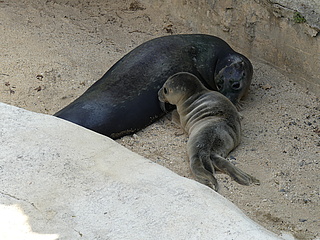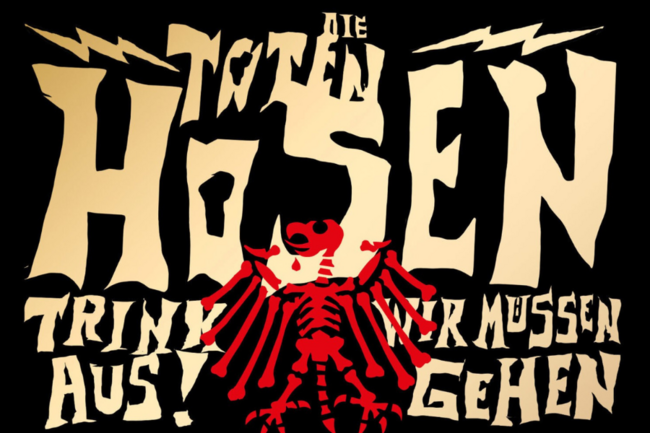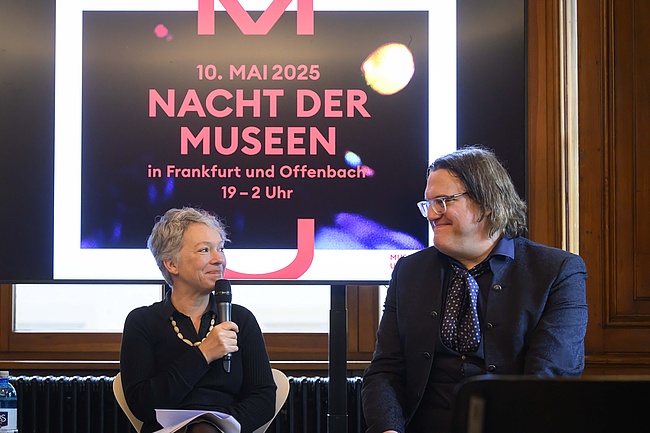Exactly one year after the birth of the seal OTTO, there is again offspring in the seal cliffs of the Frankfurt Zoo.
In the night from July 10 to 11, the six-year-old FENJA gave birth to her first cub. She was able to learn a lot about raising kittens from the experienced LILLY and her one-year-old son OTTO during the last months. "I am very happy that the young seal now has a playmate", said Dr. Ina Hartwig, Head of Department for Culture and Science. "With the second pup, the seal group now includes six animals, including the two males FRIDOLIN and HENRY", Hartwig added. The father of the cub remains FENJA's secret.
The birth of the male cub was without complications and took place on land, as is common for harbor seals. Unlike young fur seals, baby seals can already swim shortly after birth. They are suckled by their mothers for six to seven weeks with particularly nutritious milk. Harbor seals grow relatively slowly and do not reach their full size until they are five to six years old.
At first, the little one will have to form a close bond with its mother and get to know its mates and the facility. After a while, it will meet its neighbors, the South African fur seals. "For some time now, our harbor seals and fur seals have been able to move between enclosures via the back area, so that both species can use both areas and the groups can mix", explained Dr. Nicole Schauerte, zoo veterinarian and curator in charge. "The advantages are obvious: more space, more variety, more interaction. And it's great for our visitors, because they can now see the differences between the species even more immediately. To name just a few of the most striking differences: Seals belong to the harbor seal family. Unlike fur seals, they don't have externally visible ear pinnae. Their flippers are on the sides of their bodies, and they move forward on land crawling on their bellies. Seabears are eared seals, and their external auricles are clearly visible. They also use their flippers for locomotion on land and their front flippers like wings in water", Schauerte explained.
Seals (Phoca vitulina) are native to central Europe and all northern temperate seas. Skilled hunters, they can dive for up to half an hour and eat three to five kilograms of fish and marine animals daily.
Worldwide, harbor seals are not considered endangered, according to the International Union for Conservation of Nature (IUCN) Red List. However, they are listed in Germany's national Red List in the category of "threat of unknown magnitude"and enjoy special protection under the "Agreement on the Conservation of Seals in the Wadden Sea", concluded in 1991 between Germany, Denmark and the Netherlands.












